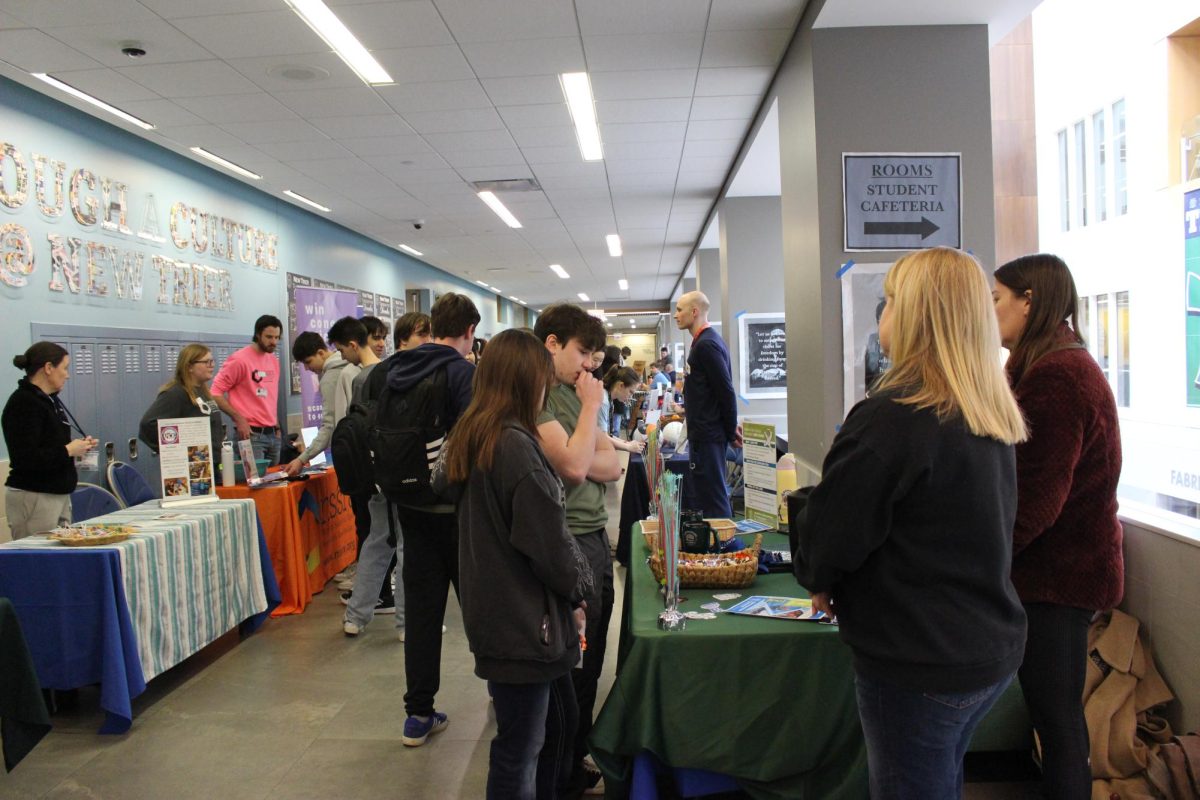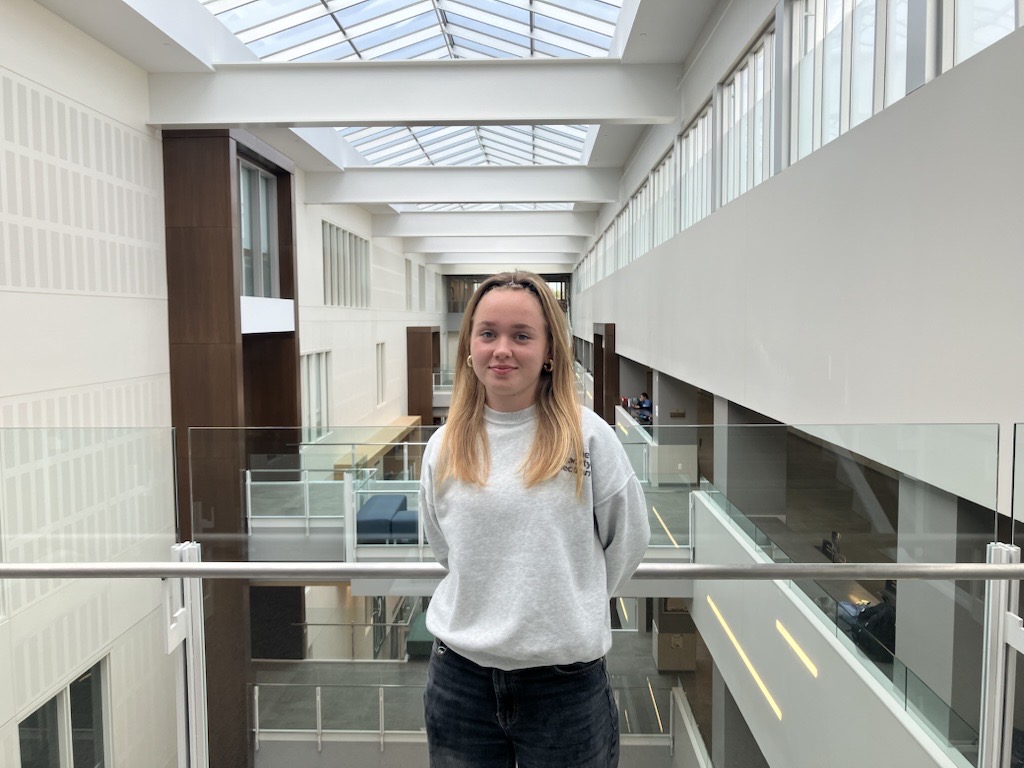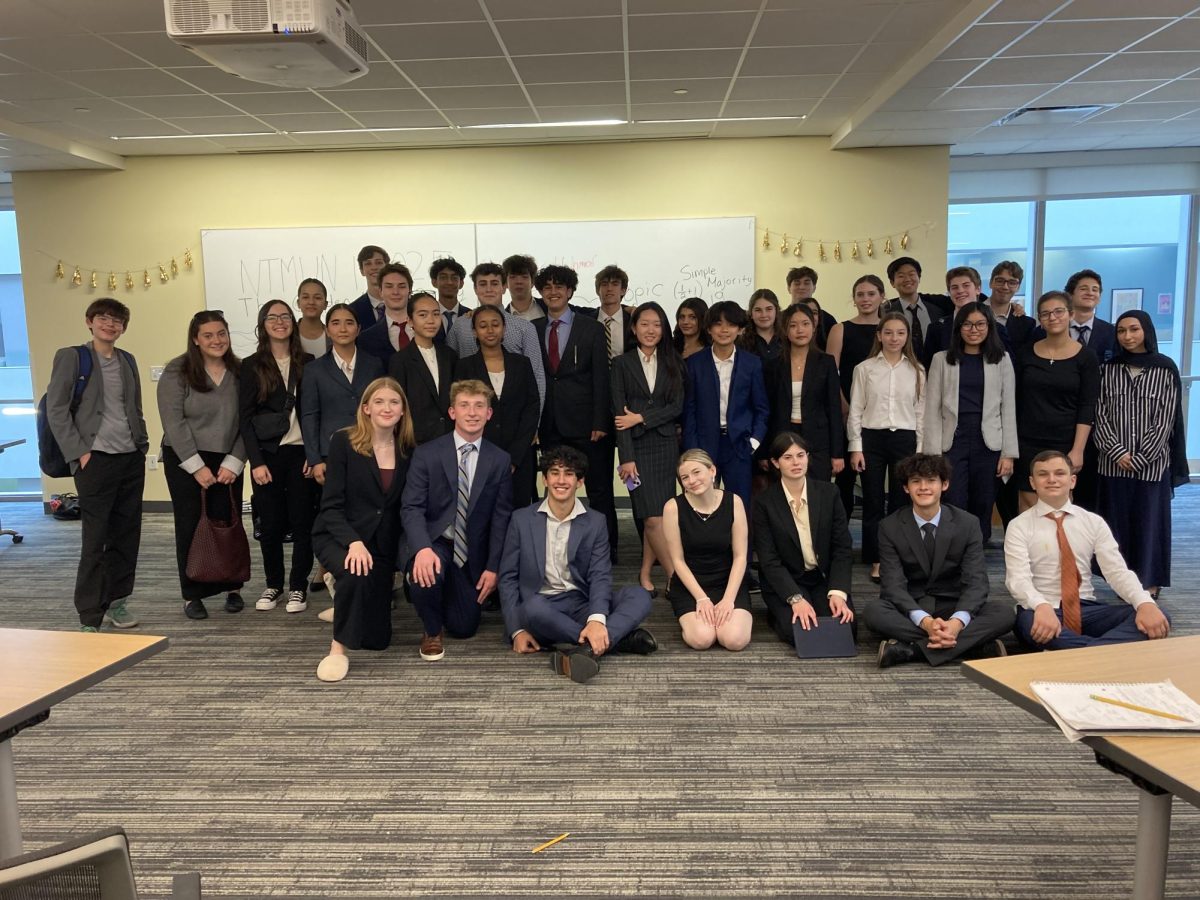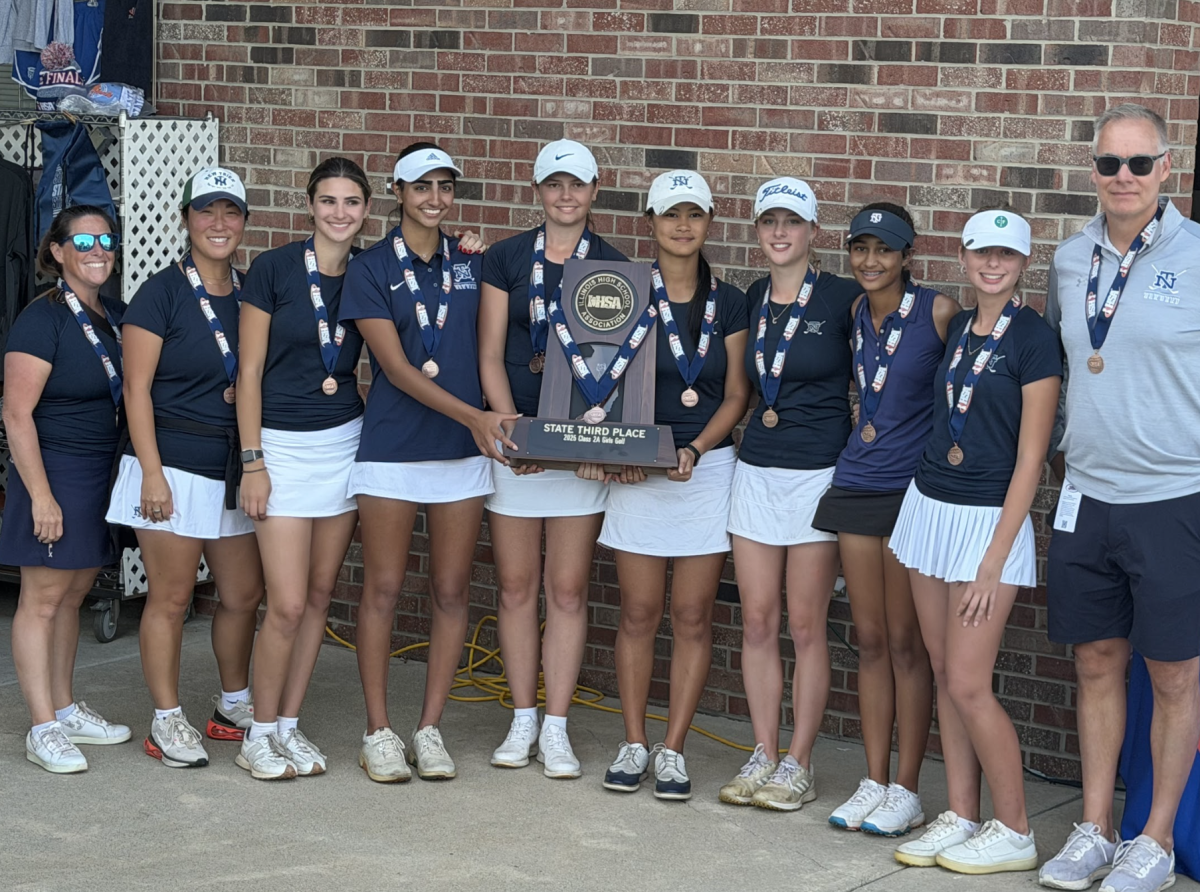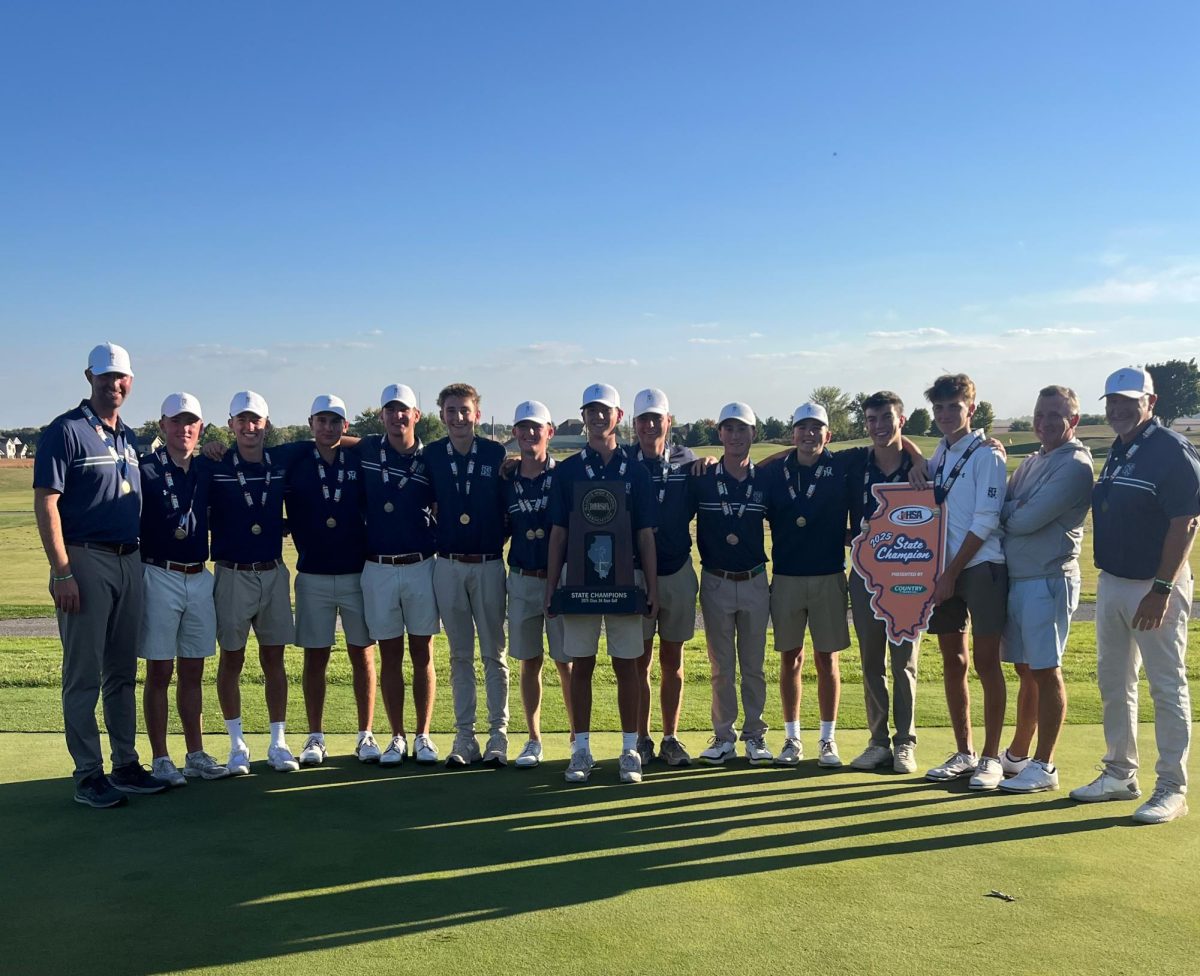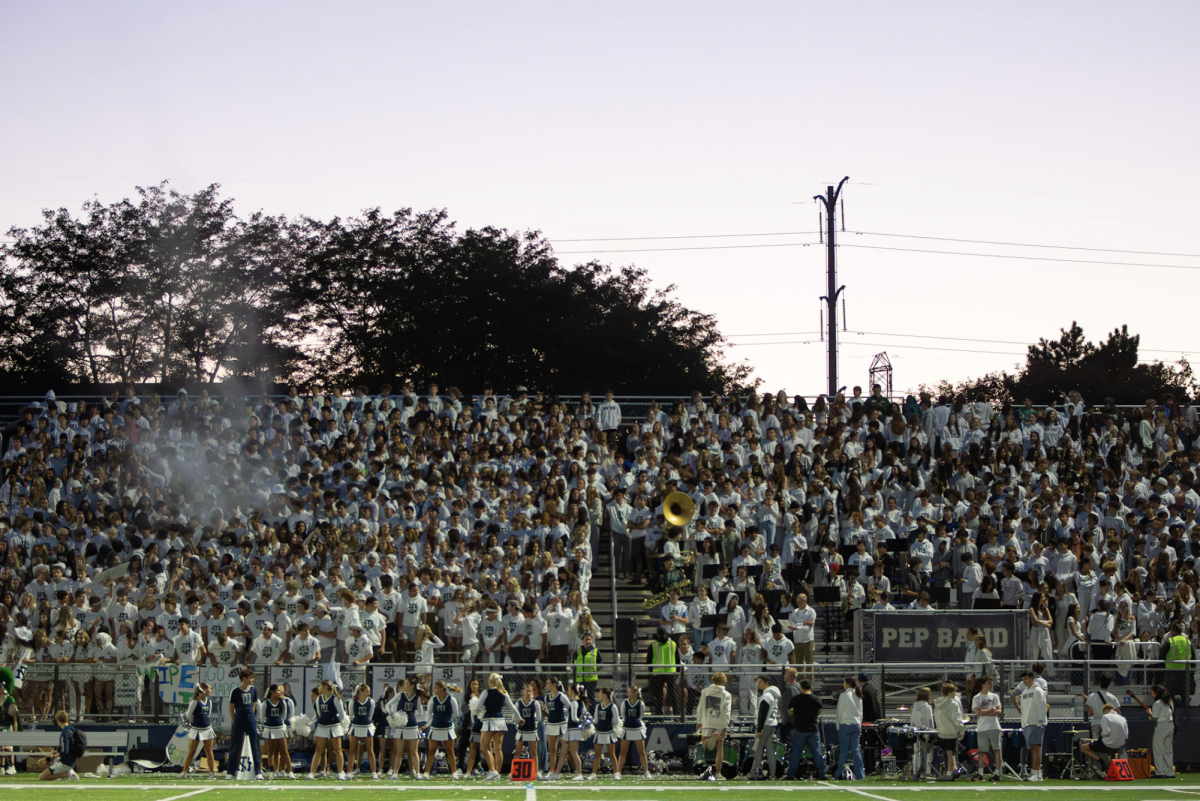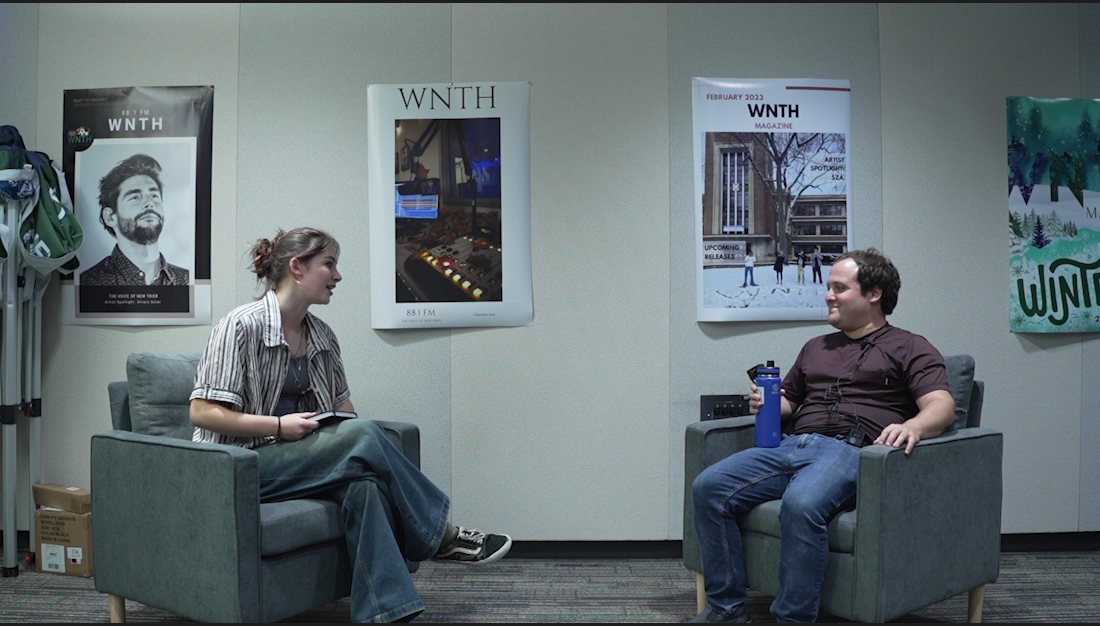Juniors take state science test
Format of Illinois Science Assessment standardized by the state
Mar. 2 through Mar. 5, all New Trier juniors spent their science classes clicking buttons in response to generated questions regarding science while many sophomores and seniors received extra free periods during their usual science class time.
The test the juniors took, called the Illinois Science Assessment, is actually three to four years old, but the format of it just changed this year, explained the Science Department Chair Jason English.
“In the past, anyone who was in their first biology course had to take the ISA,” said English. “It was still online on your iPad, but it was shorter and kids typically took it as freshmen.”
Before the ISA was created as a biology test, the state didn’t have any standardized science test prepared to give its students.
“A few years ago, the state wasn’t giving its kids a science assessment and the federal government said that that was not allowed. So there was one year where the state didn’t give one and the next year we had to scramble to come up with one so we just grabbed Washington DC’s test and gave it exactly as they gave it,” said English.
After giving DC’s test for a few years, the state decided that it probably wasn’t the best option and decided to write their own biology test.
Students have to take a separate standardized assessment for science due to the fact that social studies, math, and English are covered on the mandatory SAT students take as juniors.
In the past, juniors were required to take the ACT, which included science. So, after Illinois switched to the SAT, the state realized that high school kids weren’t getting tested on science anymore.
The three days of science testing last week provided for a strange week for everyone. Most students weren’t used to having the extra free periods.
Junior Margaret Hecht said, “Most people finished the test everyday with extra time left over.”
For Hecht, the test typically took twenty minutes each day and for the rest of the period she was allowed free time to get homework done.
“Shockingly, there wasn’t a lot of stuff built in to there that was part of our curriculum that we were expected to know. Like there would be random questions with no background knowledge so it was kind of hard,” said Hecht.
Except for those few questions, however, Hecht thought the test did not contain any challenging questions and she was well prepared.
Junior Colin McDonough thought similarly of the test.
“I thought it was fairly painless. I think I would have been better prepared if I had taken Environmental Geoscience however,” stated McDonough
According to both Hecht and McDonough, each day seemed to focus on a different type of science. One day was mainly biology focused, one day was mainly geoscience focused, and one day was mainly chemistry and physics focused.
This provided for a broad coverage of scientific knowledge, but also would be a disadvantage towards any student who hadn’t taken a course in either of those science subjects.
Juniors who are not currently taking a science class were also required to take the assessment. But English, believes these students will not have a significant negative impact on the school’s overall score, because many of them have taken summer school classes in the subjects covered on the test.
Both Hecht and McDonough said that they felt an obligation of sorts to try their best on the assessment. However, they knew of many juniors who didn’t try at all and ended up just clicking random buttons.
English said, “I expect our New Trier students to do really well on these types of things. This is a brand new test that no one has ever taken in the state of Illinois so I don’t know exactly how our students do but we will find out.”





